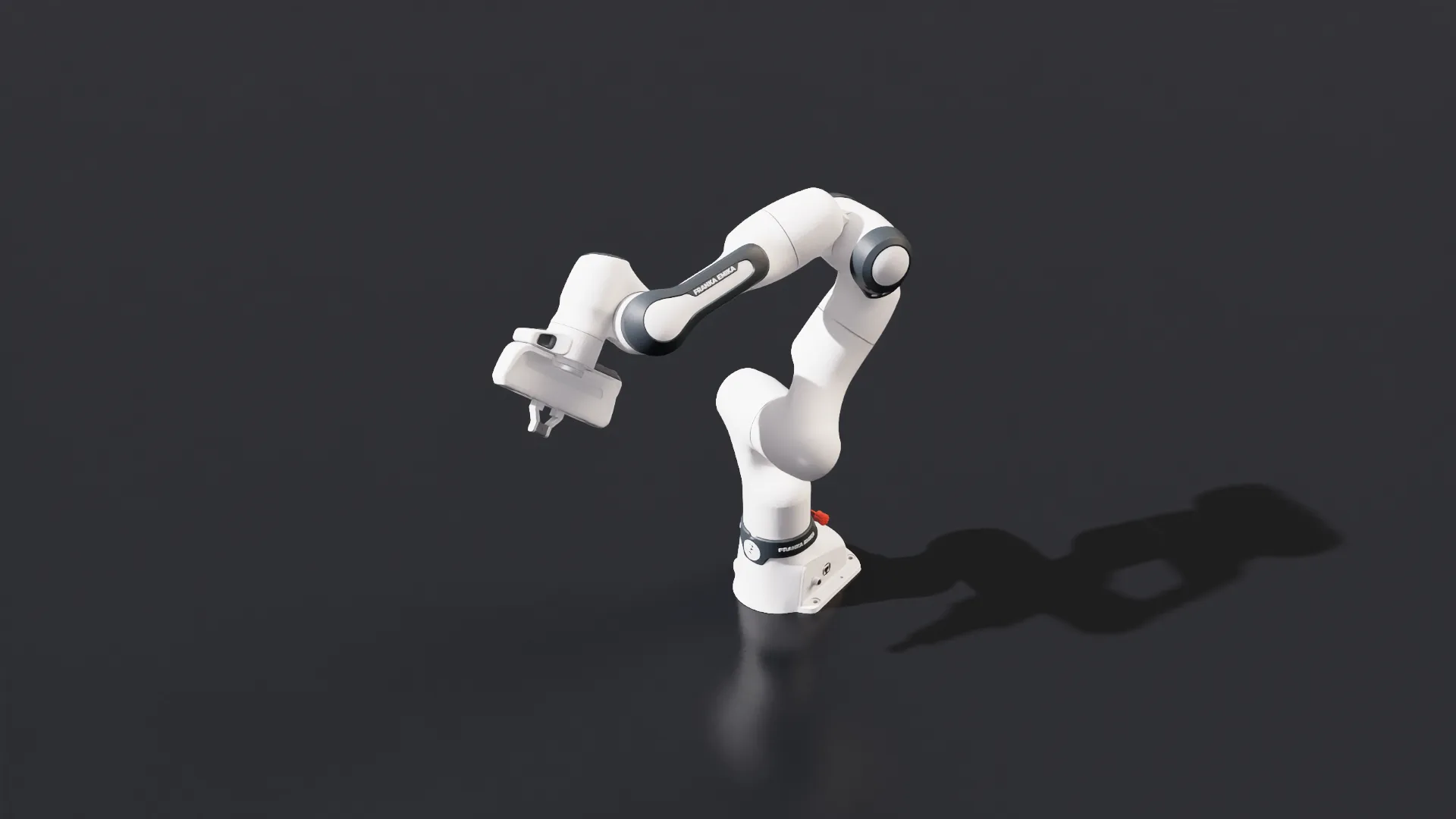Position vs. Force
I haven’t used a force control robot before. Since most of the applications I have developed back in Roboticplus is in a highly structured environments. For example, the steel welding is pretty straightforward as the workpiece is pretty much well understood.
 (Franka Research 3)
(Franka Research 3)
In position control, the controller will make the robot’s joint or end-effector (e.g., a gripper) accurately reach a pre-defined position and orientation. Intuitively, we don’t care about environment that much in position control. We are self-centric.
In contrast, the force controller takes the environment into careful consideration. For example, if the robot is asked to press a surface with 5 forces, then it will try to obligate the contact with an uneven surface minimizing the errors in between 5 force.
Collaborative robotic
Most of the time, I use industrial robot where these robots are often programmed only to move through their joint motions, and are generally unaware of their surroundings.
The steel welding I developed before is one of the cases. For example, it pretty much knows
- where the workpiece is
- where the camera is
- the space will be separated
Collaborative robotic systems typically have perception modules streaming information into a world model, and the robot must decide which skills to execute at any given moment to progress toward accomplishing its task.